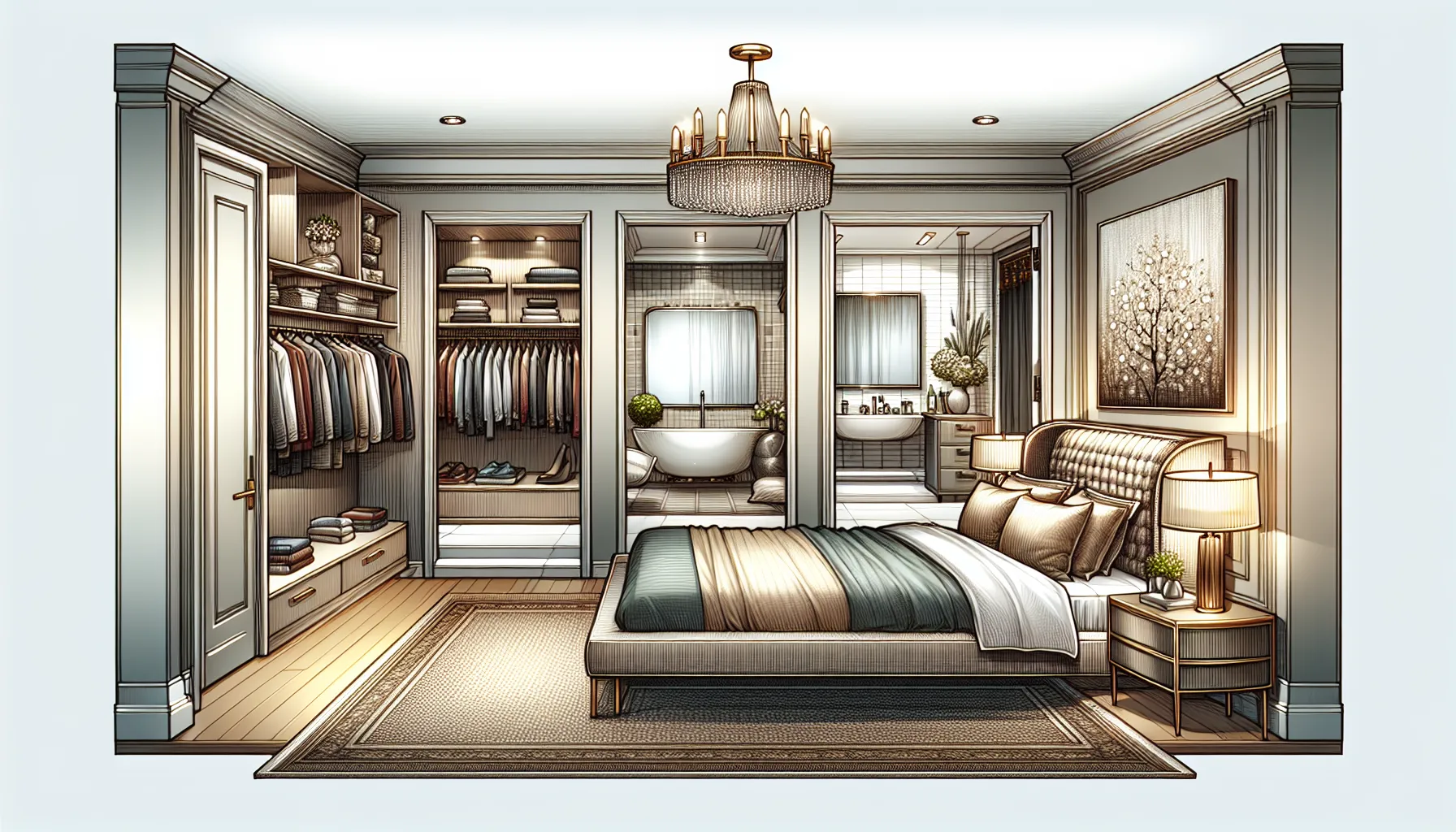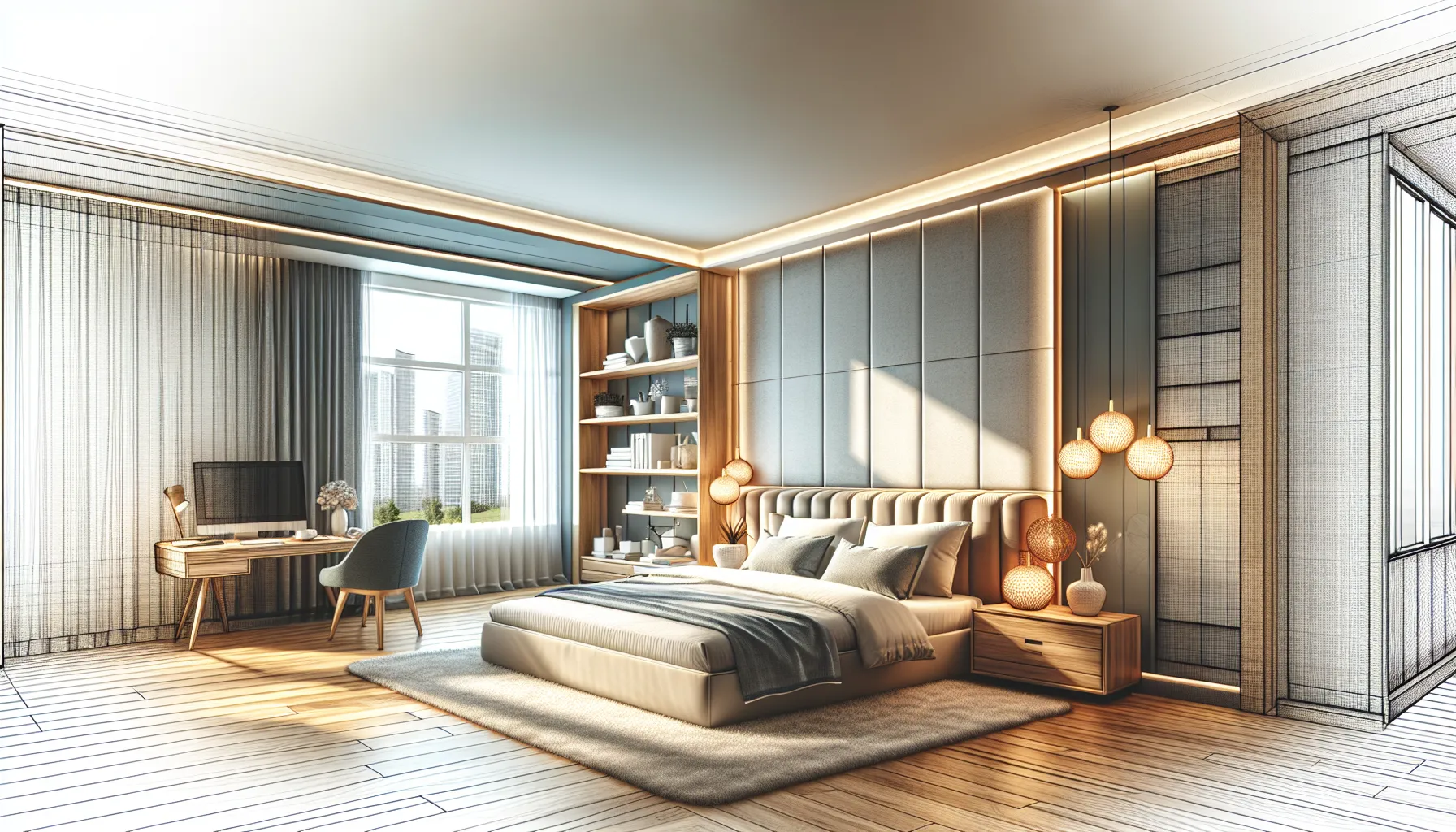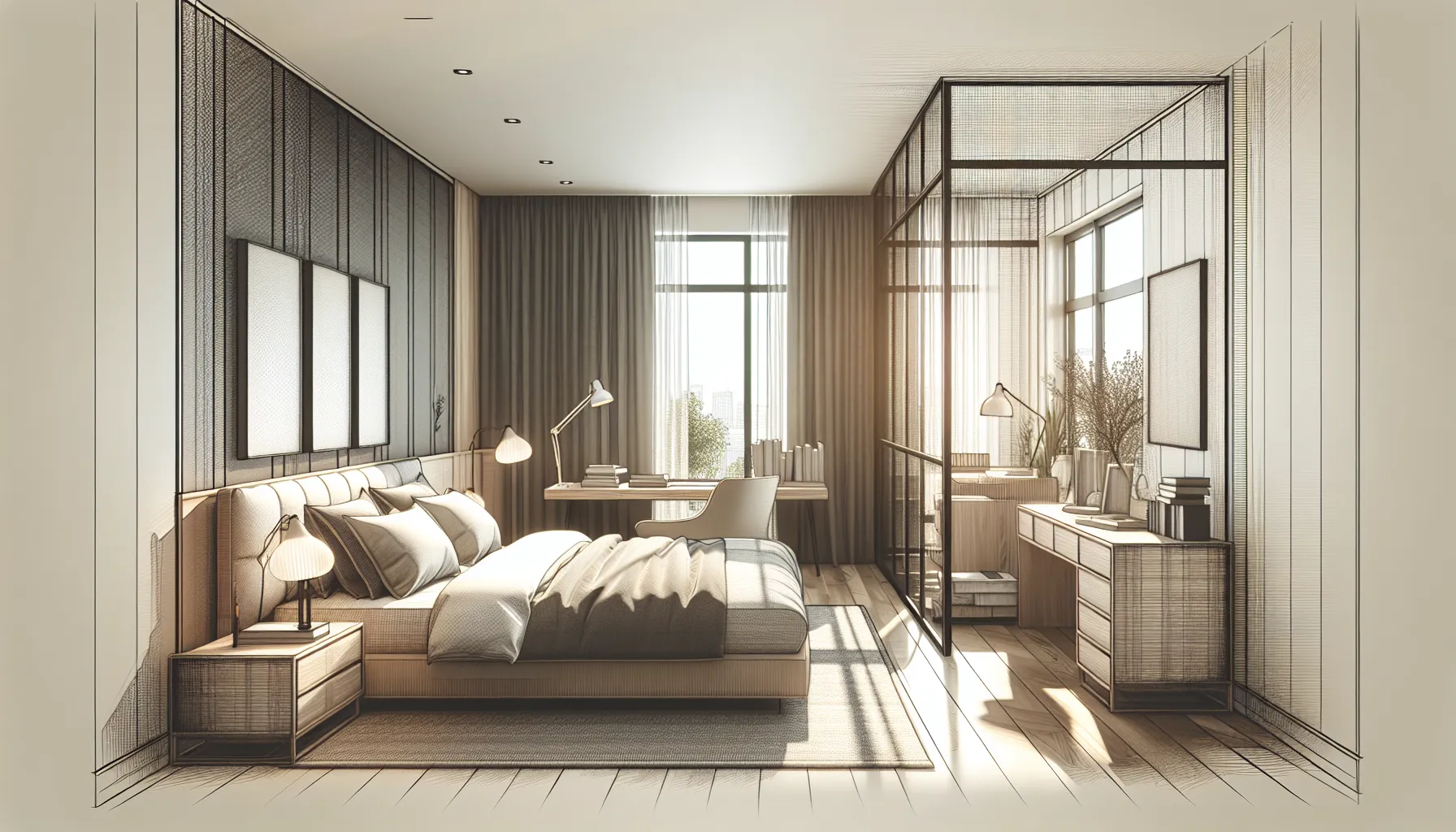Key Takeaways
- The term “master bedroom” originated from having historical associations with the head of the household, reflecting societal hierarchies in earlier home designs.
- Over time, social and cultural shifts have prompted a reevaluation of the term, leading to discussions about more inclusive alternatives like “primary bedroom.”
- The evolution of design and function in bedrooms mirrors changing family dynamics and lifestyles, emphasizing adaptability and comfort over traditional hierarchies.
- Current real estate trends show a growing preference for neutral terminology, indicating a movement towards inclusivity and recognition of diverse family structures.
- Language plays a significant role in shaping perceptions of space; adopting inclusive terms fosters respect and equality within the home environment.
- Understanding the history and evolution of “master bedroom” highlights the importance of intentional language in creating inclusive living spaces that resonate with modern values.
The term “master bedroom” has long been a staple in real estate listings and home design discussions. But have we ever stopped to consider its origins and how its meaning has evolved over time? As we dive into this topic, we’ll explore the historical context that shaped this phrase and the cultural shifts influencing its current usage.
In recent years, the term has sparked debates about inclusivity and relevance in today’s society. By unpacking the layers behind “master bedroom,” we can better understand not just our living spaces but also the language we use to describe them. Join us as we journey through time and language, revealing the significance of this common yet complex term.
Unpacking the ‘Master Bedroom’: The History and Evolution of the Term
The term “master bedroom” has historical roots steeped in the design and function of homes. Initially, “master” referred to the head of a household, often implying a space of authority and comfort. Historically, builders designated the largest and most well-appointed bedroom in a home as the master bedroom, catering to the needs of the home’s primary occupants. This designation reflected societal norms and the hierarchical structure prevalent in earlier generations.
Over time, the understanding of “master bedroom” began to shift alongside cultural changes. In the late 20th century, as home design became more inclusive and accommodating to varying family structures, we observed a movement toward more neutral terminology. Recent debates have emerged around the term’s connotations, prompting discussions about whether alternatives such as “primary bedroom” might better capture the essence of the space without historical baggage.
Inclusivity and respect became central to these conversations. Many real estate professionals and homeowners now advocate for terminology that reflects sensitivity to diverse family dynamics and modern values. As society continues to evolve, the term “master bedroom” may fade into history, replaced by language that resonates more broadly with our expectations and experiences in our living spaces.
Understanding the evolution of “master bedroom” allows us to appreciate the complexities of language in relation to our homes. This exploration encourages us to reflect on how space shapes identities and interactions, highlighting the importance of intentional language as we move forward in designing our living environments.
Historical Context

Understanding the historical context of the term “master bedroom” reveals the societal norms that shaped its meaning. Initially, “master” denoted the head of the household, signifying the largest and most important bedroom in a home. This designation reflected a hierarchical structure prevalent in society, as home layouts often revolved around the authority figure of the family.
Origins of the Term
The origins of the term “master bedroom” trace back to the early 20th century, particularly in the context of residential architecture. Architects and builders used the term to identify the most spacious bedroom within a house, often reserved for the heads of families or significant occupants. This terminology established a clear power dynamic associated with family roles and arrangements. By its very definition, the master bedroom was not just the largest, but also the most luxurious, typically featuring en-suite bathrooms and walk-in closets, setting a standard for home design.
Cultural Significance Over Time
The cultural significance of the term “master bedroom” evolved considerably through the late 20th century, coinciding with broader social changes. As discussions around gender roles and family dynamics became more prominent, the term began to carry implications that no longer aligned with contemporary values. In response, real estate and architectural communities initiated a shift towards more neutral terminology, such as “primary bedroom.” This evolution in language reflects an increasing awareness of inclusivity and respect for diverse family structures, urging a reevaluation of how language shapes our understanding of space and identity. Engaging with these changes encourages us to think critically about the spaces we occupy and the language we choose to describe them.
Evolution of Usage

The term “master bedroom” has experienced significant changes in its design, function, and societal implications over time.
Changes in Design and Function
The design and function of the master bedroom reflect broader societal trends in housing and personal space. Initially, this term denoted the largest bedroom in a house, often featuring luxurious elements such as en-suite bathrooms and spacious closets. In the mid-20th century, as family dynamics shifted and more homes catered to dual-income households, the need for multifunctional spaces became paramount. Today, we see master bedrooms designed with versatility in mind, accommodating offices, nurseries, or personal retreats. This evolution highlights our changing lifestyle preferences, where the emphasis lies on comfort and adaptability rather than solely hierarchical structures.
Shifts in Terminology and Perception
Shifts in terminology and perception regarding the master bedroom demonstrate an increasing cultural sensitivity. Recent discussions have favored alternatives like “primary bedroom,” aiming to eliminate the hierarchical connotations associated with “master.” This change reflects a broader understanding of inclusivity, addressing historical inequalities and promoting recognition of diverse family structures. As we engage in these conversations, it becomes essential to consider how language not only describes our living spaces but also shapes our interactions within them. Adopting neutral terminology fosters a more inclusive approach, encouraging us to rethink how we define and perceive our homes in a contemporary context.
Contemporary Perspectives
Contemporary perspectives on the term “master bedroom” reflect significant cultural shifts and evolving societal norms. Discussions around inclusivity, language sensitivity, and changing family dynamics highlight the importance of adapting terminology to better represent today’s diverse living arrangements.
Current Trends in Real Estate
Current trends in real estate indicate a growing preference for the term “primary bedroom” over “master bedroom.” This shift arises from a desire for language that promotes inclusivity and acknowledges the varied family structures in today’s society. Many real estate listings now feature “primary bedroom,” emphasizing a space that serves all occupants, regardless of gender or status. For instance, in cities like San Francisco and New York, brokers customize their listings to appeal to a wider demographic, showcasing homes with adaptable spaces. As buyers prioritize versatility and inclusivity, this trend will likely continue to gain momentum across markets.
Gender and Social Implications
Gender and social implications associated with the term “master bedroom” demand careful consideration. The traditional term carries historical connotations linked to outdated societal hierarchies, often implying power dynamics within households. As we discuss living spaces that cater to each member of a family, a more neutral term fosters a sense of equality and respect. Research indicates that using inclusive language can significantly impact how individuals perceive their home environment, contributing to a feeling of belonging. As society progresses toward greater equality, adopting terms that reflect modern values is crucial in reshaping how we define intimate spaces within our homes.
In contemplating our language choices, we should consider not just how they impact us today, but also how they may influence future generations.
Conclusion
As we navigate the evolution of the term “master bedroom” we recognize its significance in shaping our understanding of home and identity. The shift towards more inclusive language reflects our commitment to fostering equality and respect in our living spaces. Embracing terms like “primary bedroom” not only aligns with contemporary values but also honors the diverse family structures that exist today.
By reexamining how we define our intimate spaces we can create environments that resonate with all residents. This journey through language and design encourages us to be mindful of our choices and their impact on future generations. Together, let’s continue to evolve our understanding of home as a place of comfort and inclusivity.
Frequently Asked Questions
What is the origin of the term “master bedroom”?
The term “master bedroom” originated in the early 20th century, designating the largest and most luxurious bedroom in a home, typically reserved for the head of the household. It reflected societal norms and hierarchical structures prevalent at that time.
How has the meaning of “master bedroom” evolved?
Over time, the meaning of “master bedroom” has shifted, especially in the late 20th century, as cultural changes prompted discussions about inclusivity. The term is increasingly being replaced with alternatives like “primary bedroom” to address its historical connotations.
Why is the term “master bedroom” considered problematic?
The term “master bedroom” is seen as problematic due to its association with outdated power dynamics and traditional gender roles. Critics argue that it perpetuates inequalities and suggest using more neutral language to foster inclusivity.
What are current trends in real estate regarding bedroom terminology?
In real estate, there is a growing preference for the term “primary bedroom,” reflecting a shift toward more inclusive language. Many listings highlight spaces that accommodate all occupants, regardless of gender or status, particularly in urban markets.
How have the design and function of master bedrooms changed?
Master bedrooms have transitioned from being purely luxurious spaces to versatile areas that may serve various purposes, such as home offices or nurseries. This reflects broader societal trends toward comfort, adaptability, and personal needs in residential design.
Why is language important in defining living spaces?
Language shapes our understanding of spaces and interactions within them. Adopting inclusive terminology is essential for fostering a sense of belonging and equality among residents, which is crucial in contemporary society as family structures and roles evolve.






